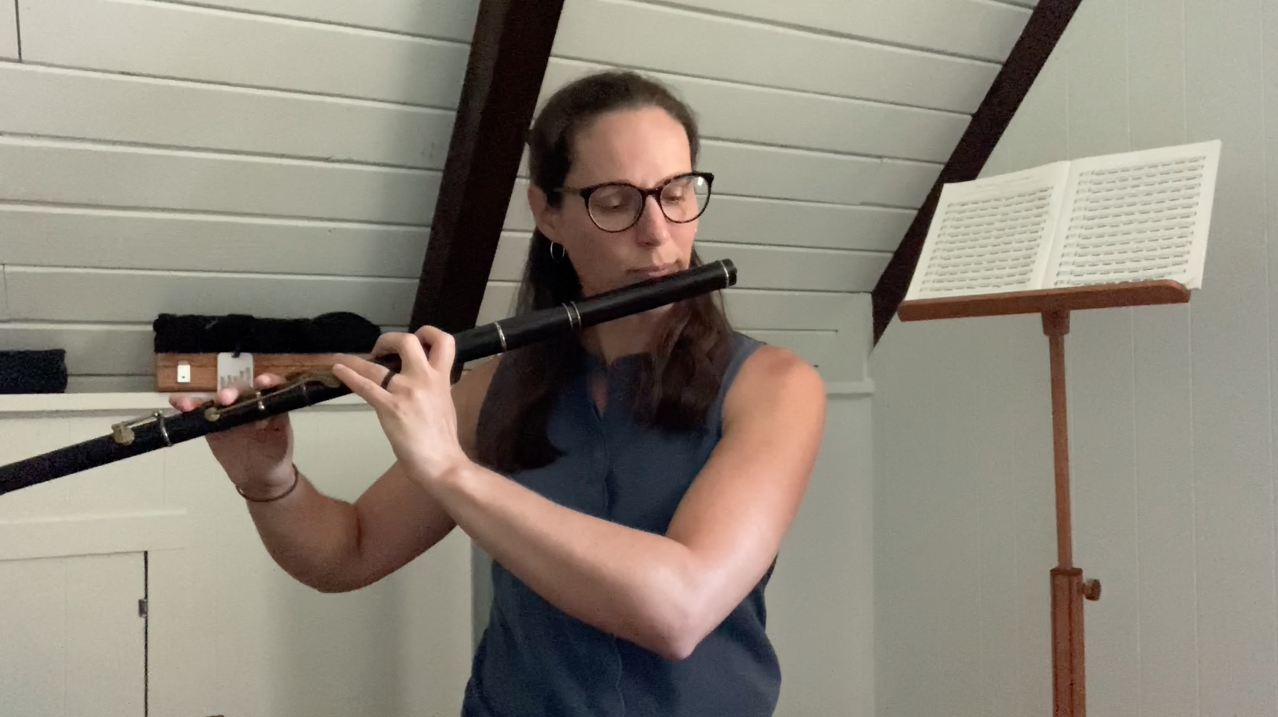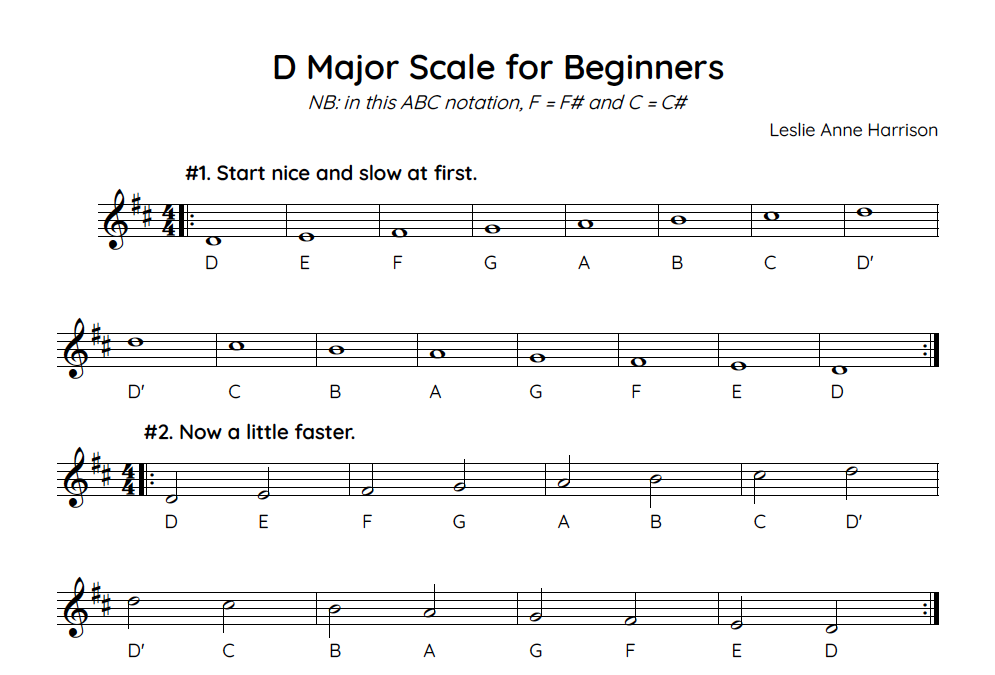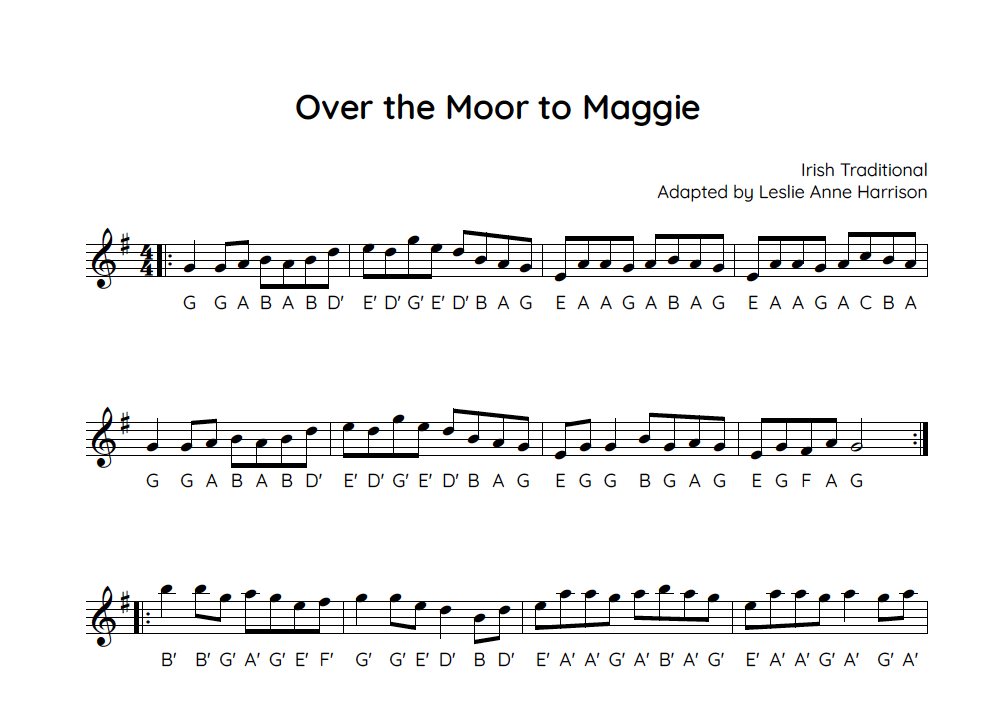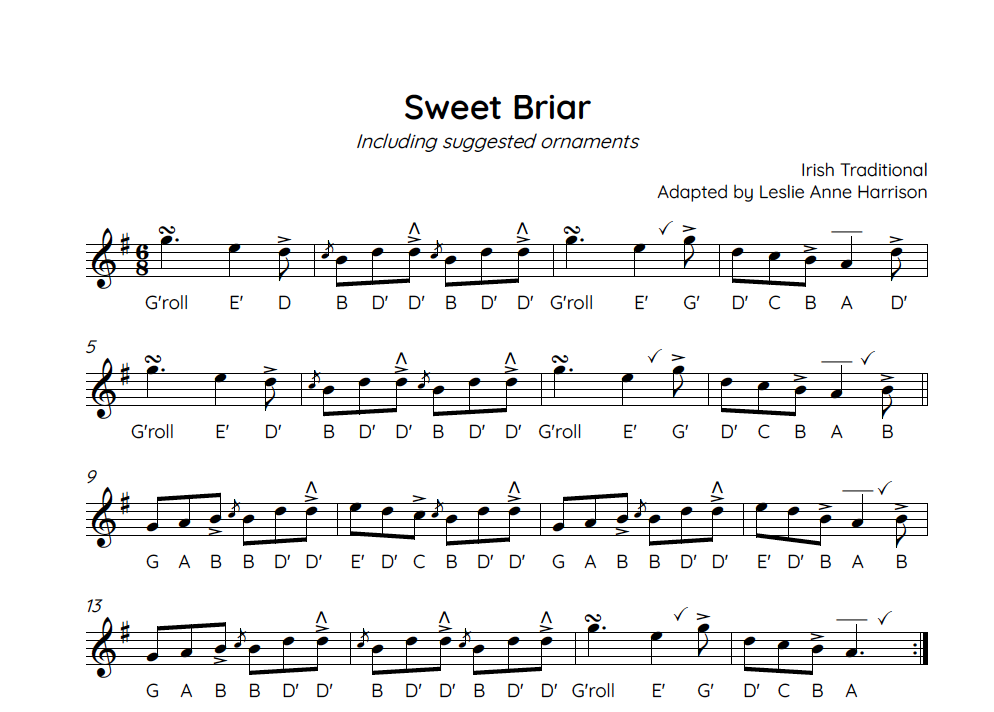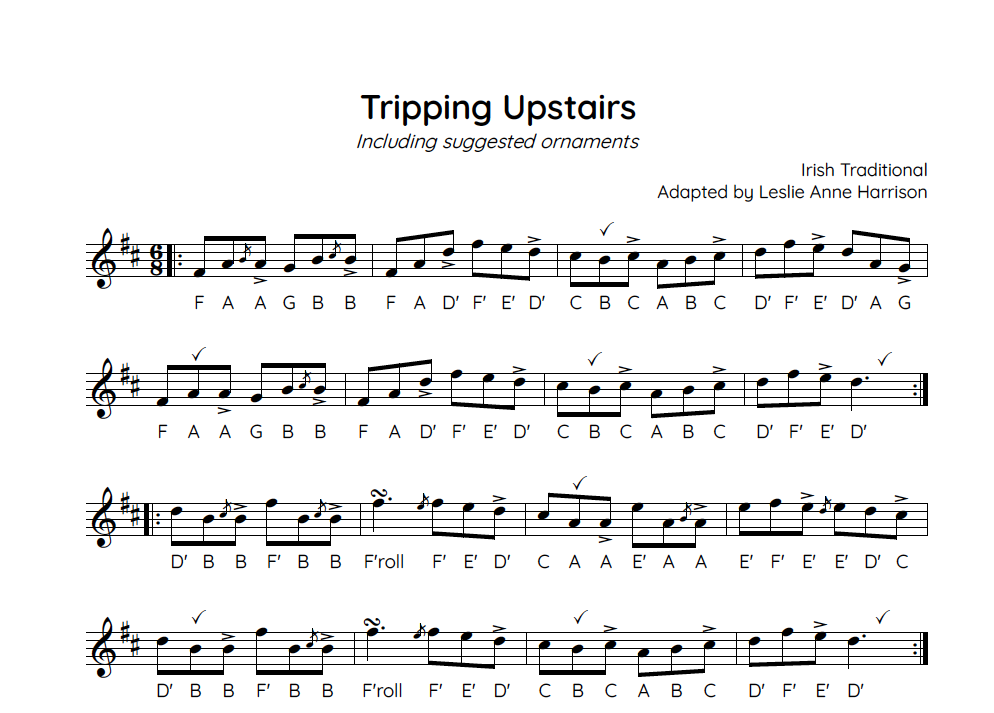Learning Path: Beginner, Part 3
Table of Contents
Step 1 | Healthy Musicianship
Step 1a | Stretches for Healthy Flute Playing, Part 1
Step 2 | Breathing
Step 2a | Breathing Foundations, Part 1
Step 3 | The G Major Scale
Step 3a | G Major Scale for Beginners
Step 3b | G Major Scale and Exercises
Step 4 | Britches Full of Stitches
Step 4a | Slow Tune Learning: Britches Full of Stitches
Step 4b | Play Along: Britches Full of Stitches
Step 5 | In Closing
Step 5a | Celebrate and Communicate
Step 5b | What’s Next?
Step 1
Healthy Musicianship
Step 1a
A healthy body is important for good flute playing. It is absolutely true that musicians are “athletes of the small muscles,” but in my opinion, we’re athletes of the big muscles too!
In this video, I show you some of the stretches I’ve accumulated over the years in my own effort to stay healthy. These are simply inspiration for you; do what feels best for your own body.
Step 2
Breathing
Step 2a
Once you’ve stretched, you can practice developing and extending your breath control. Having a good understand of how to take deep, relaxed breaths will be a great help to your flute playing. In the video below, I walk you through all the components of taking deep flute breaths.
Step 3
The G Major Scale
Step 3a
The G Major scale is a very common key in Irish traditional tunes. It uses G, A, B, C (natural), D’, E’, F’(#), and G’.
Make sure you are using C natural, not C#s in a G Major scale.
Remember that most Fs are F#s in Irish traditional music, so if you see something notated just as F in ABC notation, or you hear me say just F in a video, it’s safe to assume it’s F#. Also remember that unkeyed simple system flutes don’t have an easy way of playing F natural—you only have F#s for now anyways!
If you’re a new beginner, you can start with these exercises and then skip to Step 4. There are Irish and Boehm flute fingering charts below in case you need them.
If you’re a more experienced player, feel free to skip to Step 3b.
Step 3b
These are for more experiences players. If you’re a newer player, feel free to skip them and jump ahead to Step 4.
Step 4
Britches Full of Stitches
Step 4a
In this video, I teach you Britches Full of Stitches. This is a very common polka that can be played in the key of D, A, or G. We’ll play it in G, using the G Major scale we just learned.
As with all slow tune learning, I’ll teach it to you a phrase at a time, using the tune map for guidance. Tune mapping was introduced in our previous two learning paths, Learning Path: Beginner, Part 1 and Learning Path: Beginner, Part 2.
Here is the tune map for Britches Full of Stitches:
A: ||: A1 A2 A1 A3 :||
B: ||: B1 B2 B1 A3 :||
Notice that the tune map shows that you only need to learn five phrases: A1, A2, A3, B1, and B2. No problem!
Remember that ||: :|| are repeat signs. This means that the phrases between the repeat signs are played twice.
I encourage you to learn by ear as much as you can. The sheet music is below if you feel stuck and would like to double check anything.
Step 4b
One you feel confident, start transferring the tune from your short- to long-term memory by practicing along to this video. Remember, you can adjust the speed by clicking on the gear icon in the lower right corner.
Step 5
In Closing
Step 5a
Celebrate and communicate! Head over to our private Facebook page and let us know how it went! Any questions or ideas? Post them there and we can discuss.
Step 5b
What’s next?
Look below for my recommended next step, a review list of the companion resources covered in this learning path, and/or a chance to browse and discover something new on your own.
© Leslie Anne Harrison 2022. All rights reserved.





















